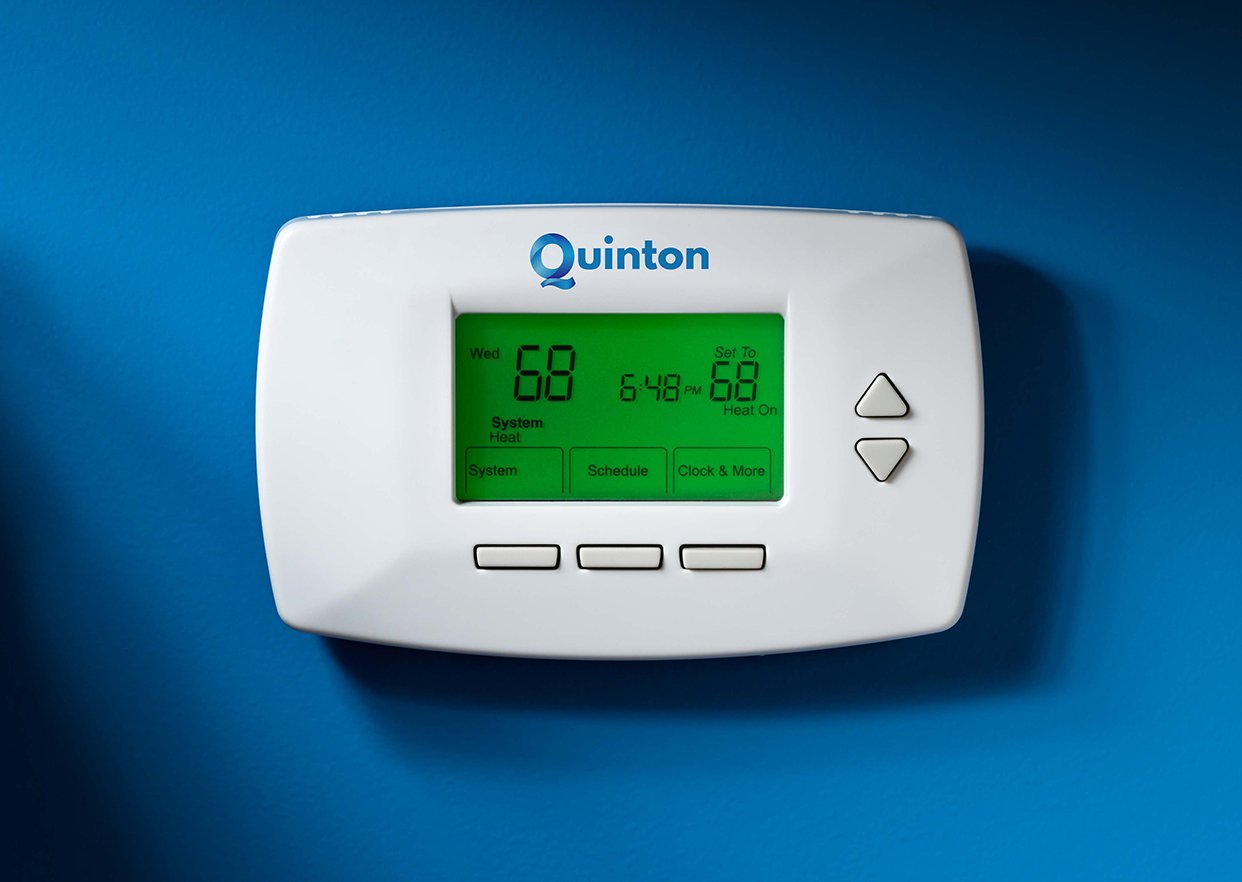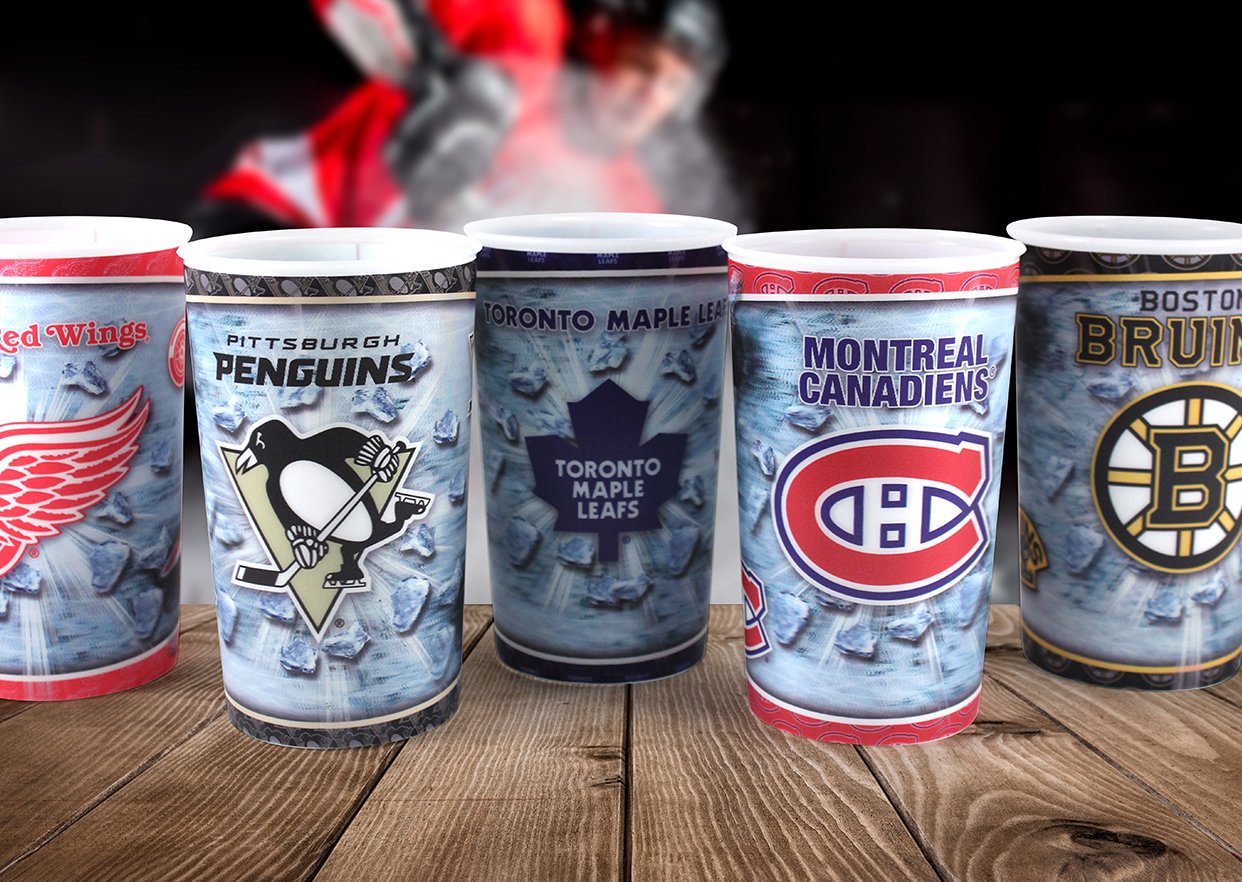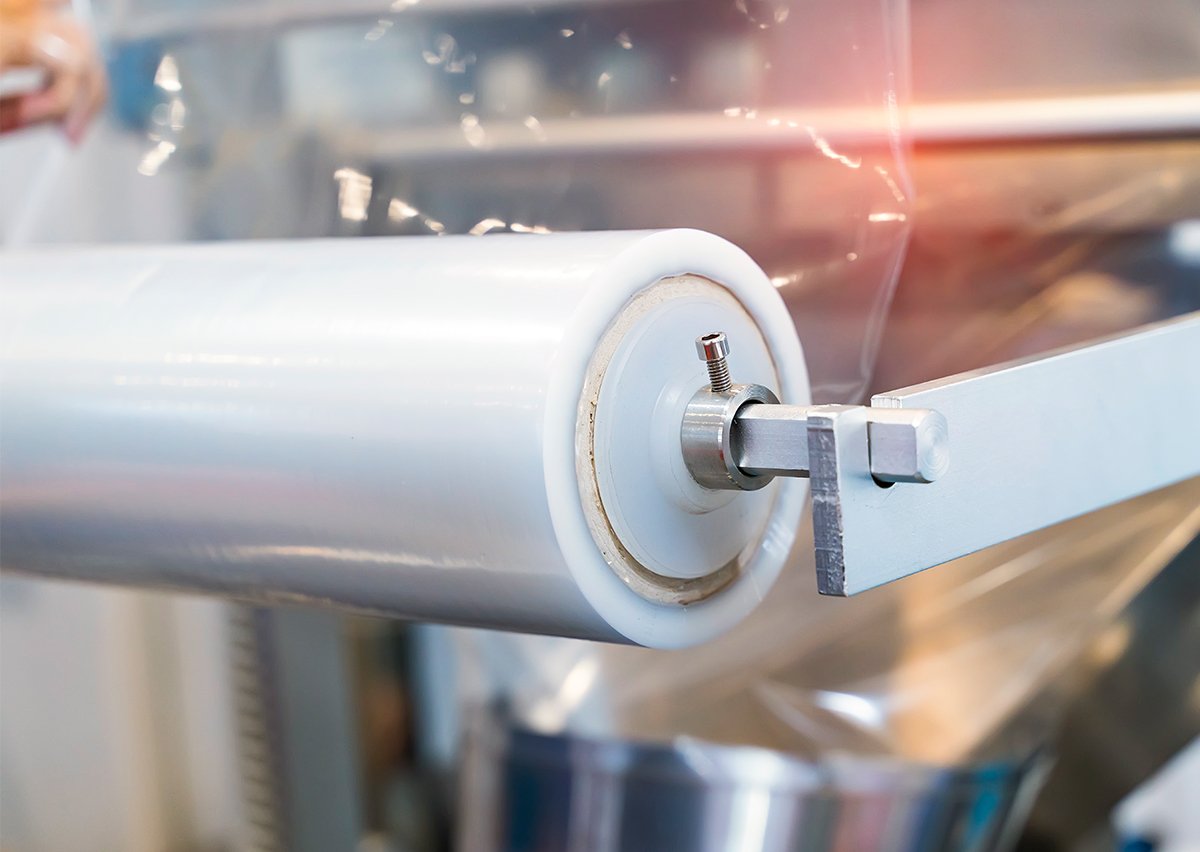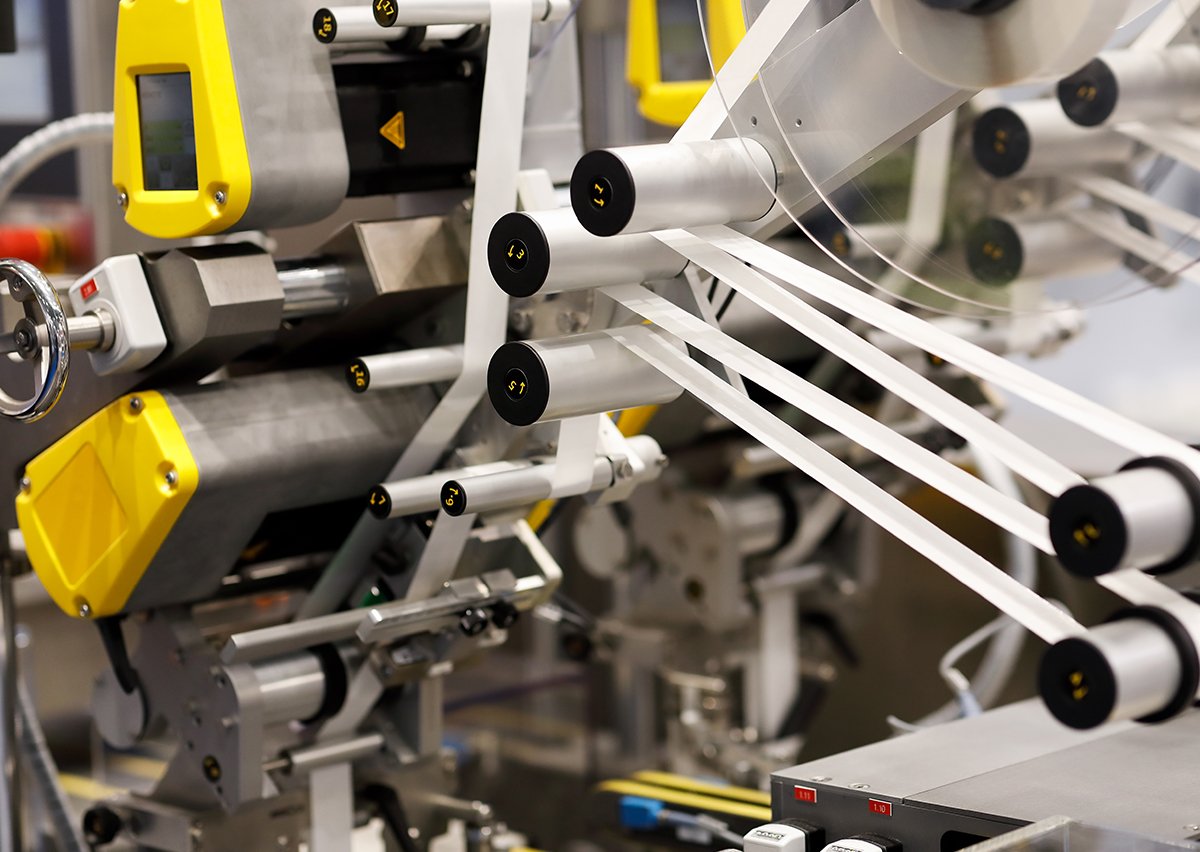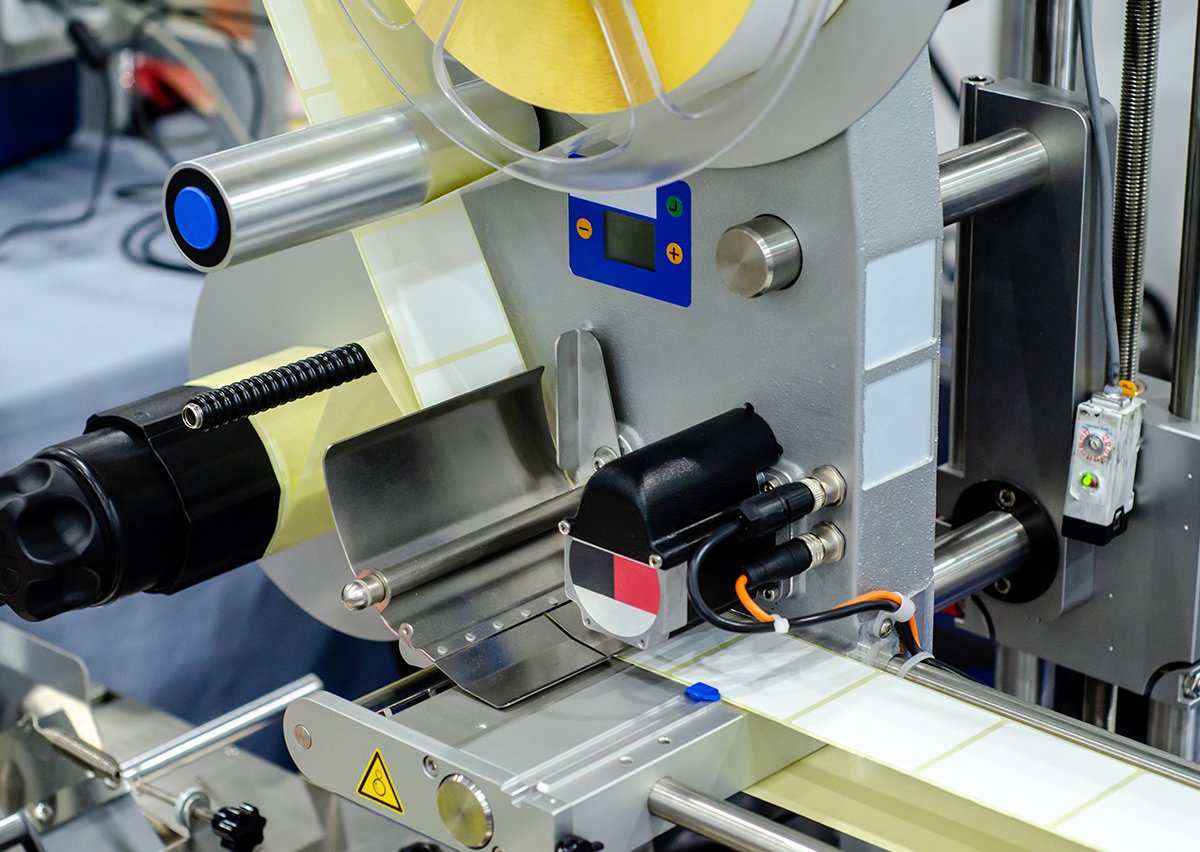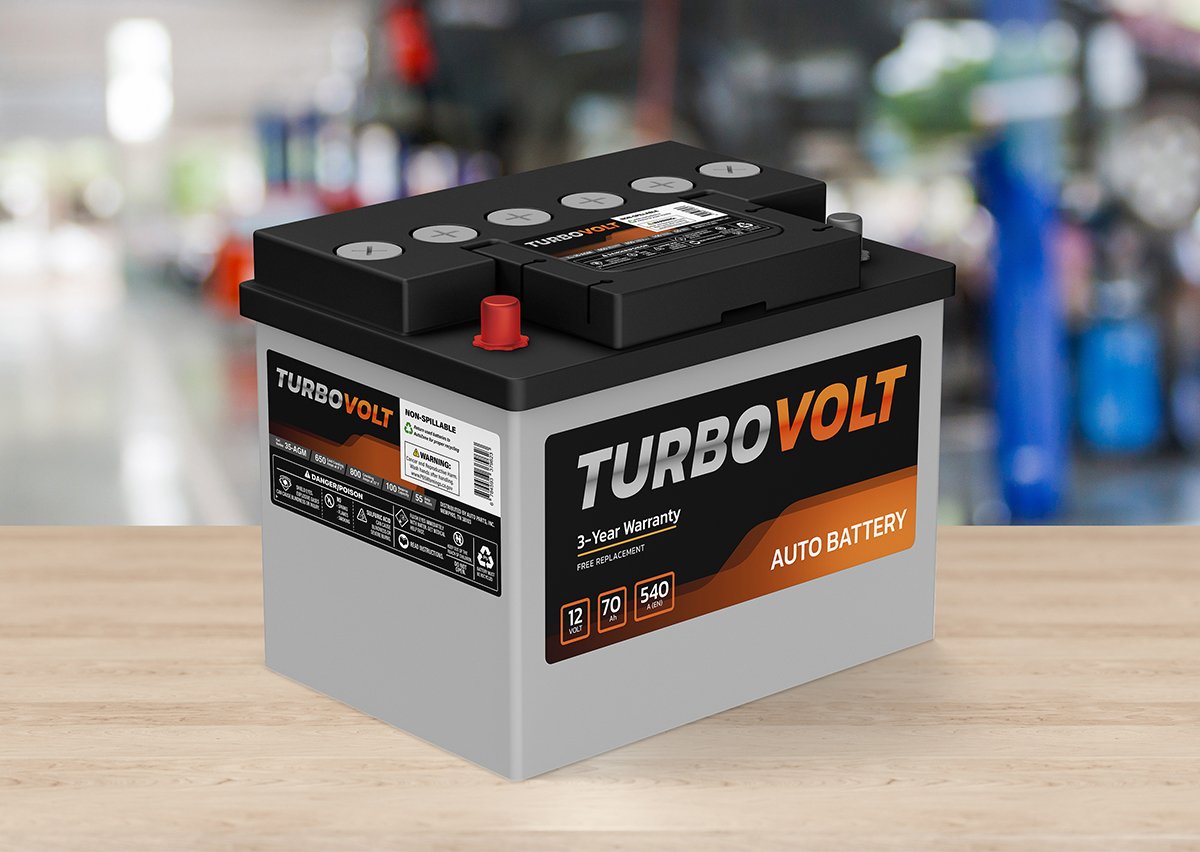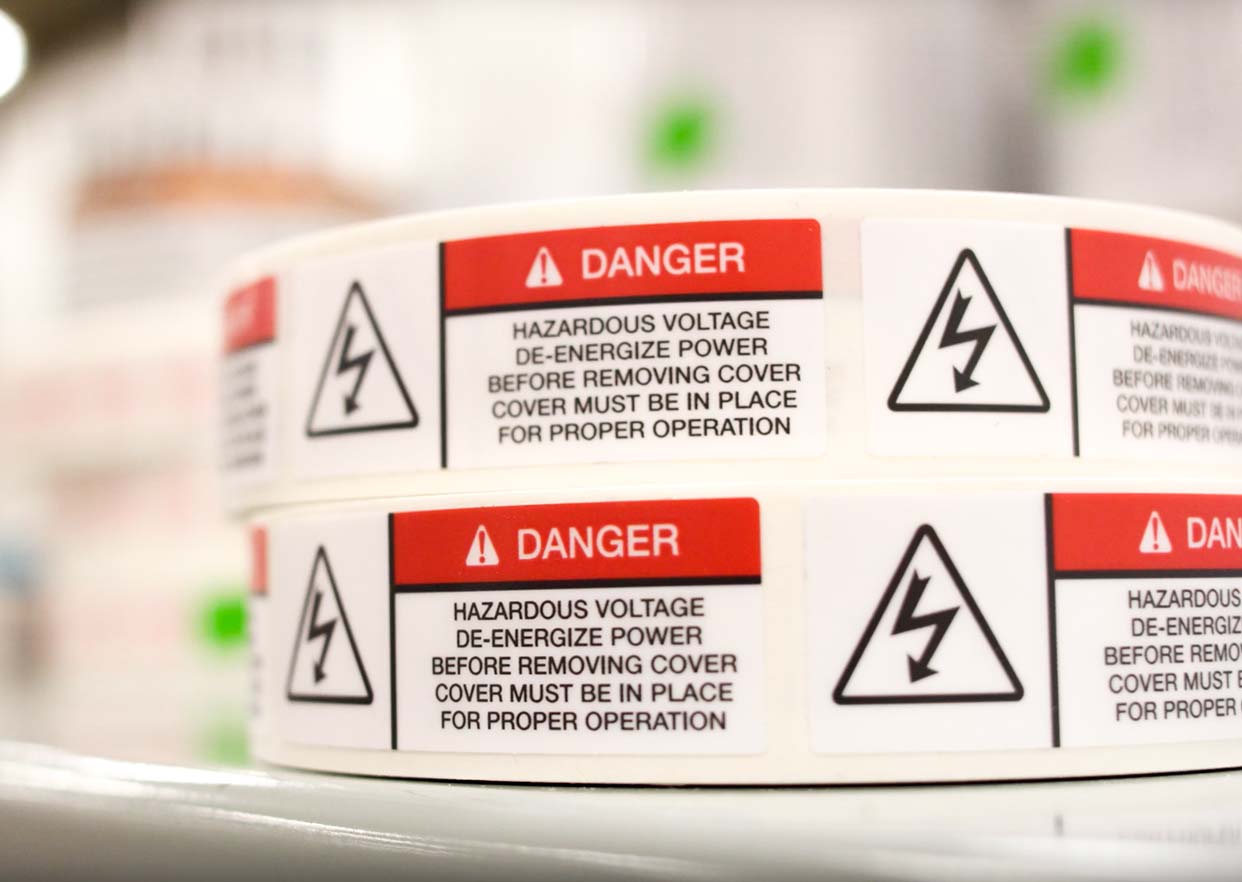In-mold labeling technology – or IML for short – was first introduced in the 1970s when Proctor & Gamble started using pre-labelled shampoo bottles on its production line. With ordinary pressure sensitive labeling technology, the product label would have to be applied to the shampoo bottle in a separate step. With in-mold labeling, the pre-printed label was placed in the bottle mold and indelibly “fused” with the bottle itself during the molding process. The completed bottle then proceeded down the production line and was filled, capped and boxed for distribution.
Few consumers likely paid attention to P&G’s nifty new shampoo bottle, but the labeling industry definitely took notice. For the first time, product labeling had transcended a mere decoration step to become an integral element of the manufacturing process itself.
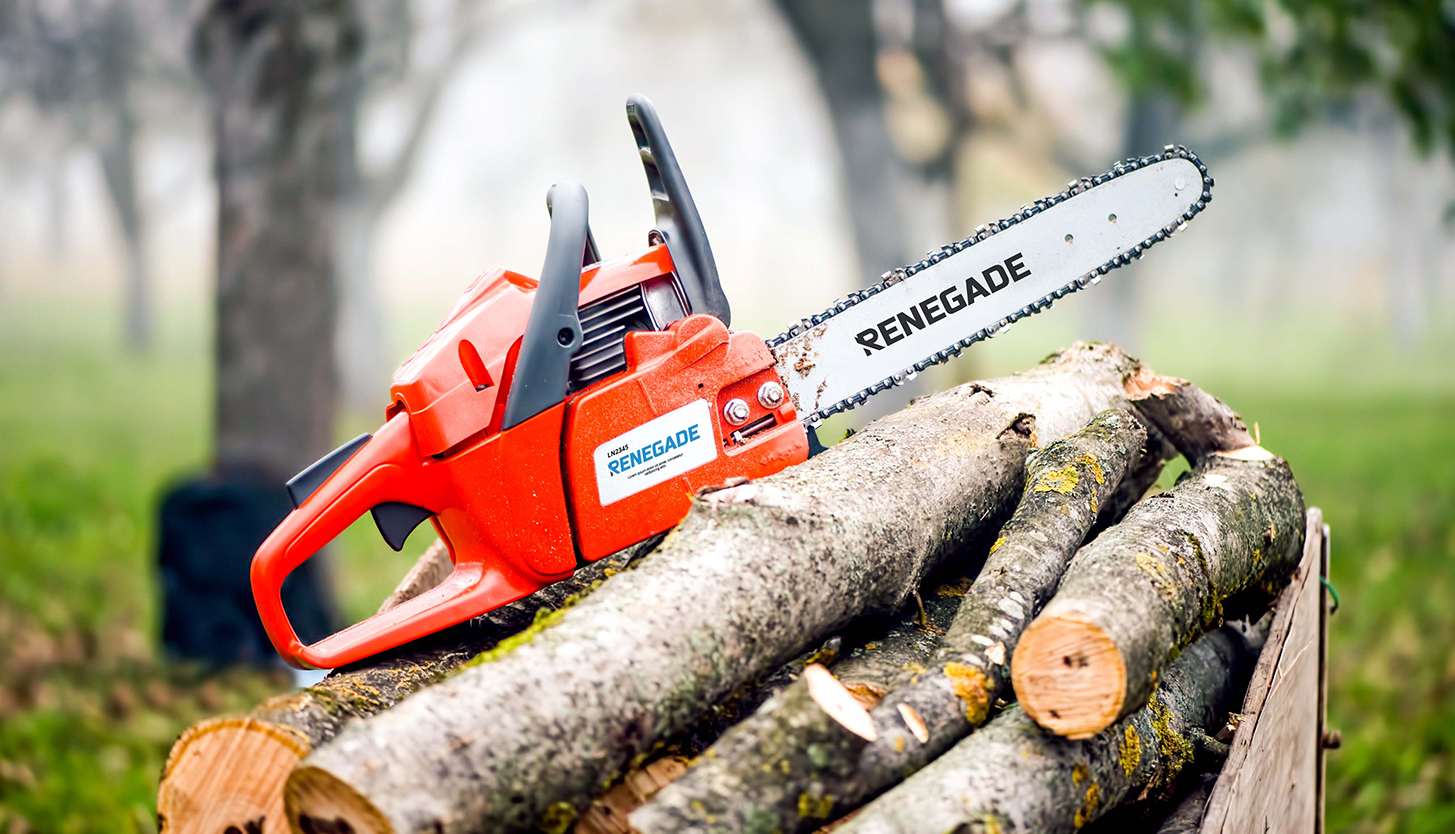 The Key Benefits of In-Mold Labeling
The Key Benefits of In-Mold Labeling
Today, products incorporating in-mold label technology are all around us – and with good reason. In-mold labels offer advantages that pressure sensitive labels simply cannot match. While not every product labeling application requires the use of in-mold labels, the following four key benefits will help you decide if your application would benefit from IML.
#1: IML Enhances Product Aesthetics
In-mold labeling solutions result in products with outstanding aesthetic appeal. Molded directly into the plastic itself, an in-mold label offers outstanding clarity and color saturation. The label also conforms to the exact shape of the product and can span the entire surface area from edge to edge. No more label edges to lift, snag or peel.
The films used to create in-mold labels also offer cost-effective decorating opportunities. With in-mold labels, it’s possible to simulate the look of woodgrain, carbon fiber, marble, stainless steel and more. The depth and realism provided by in-mold labeling cannot be fully replicated using a pressure sensitive label design.
#2: IML Streamlines Your Product Process
Depending on the product that’s being manufactured, in-mold labels’ automation-friendly nature makes it possible to remove entire steps from the production process. With in-mold labeling, each item is produced and decorated at the same time in the same step. No more secondary labeling operations to slow throughput.
#3: IML Offers Unmatched Durability
In-mold labels are the preferred labeling technology anytime you require a durable goods label that must withstand harsh environmental conditions. The unique three-layer construction of the in-mold label holds the secret to its durability:
- The substrate, typically one of several different types of synthetic film.
- The primer and ink, which are chosen according to the printing process and substrate used as well as the shape and durability requirements of the finished product.
- The topcoat, such as a varnish or aqueous coating, which is carefully selected to deliver the type of environmental performance required.
Indeed, with the right substrate, primer, ink and topcoat combination, an in-mold label can perform in nearly any type of environment and withstand the following for the life of the product:
- Abrasion
- Chemicals
- Extreme temperatures
- Moisture
- UV light
#4: IML Is Cost-Effective
In addition to the performance and manufacturing efficiency benefits already described, in-mold labeling can be cost-effectively utilized thanks to the wide range of substrate materials available. Taylor, for example, uses three different types of film substrate to match the cost and performance requirements of the customer:
- Thin film, which offers good durability and UV resistance, making it suitable for disposable products and packaging.
- Grafilm®, which is UL certified and incorporates patented technology that significantly increases its durability and UV resistance compared to thin film.
- Grafilm® Ultra, which is exactly as its name implies. Quite simply the most durable in-mold labeling film on the market today, Grafilm Ultra is ideal for labels that will come into contact with abrasive materials, hard particles or harsh chemicals.
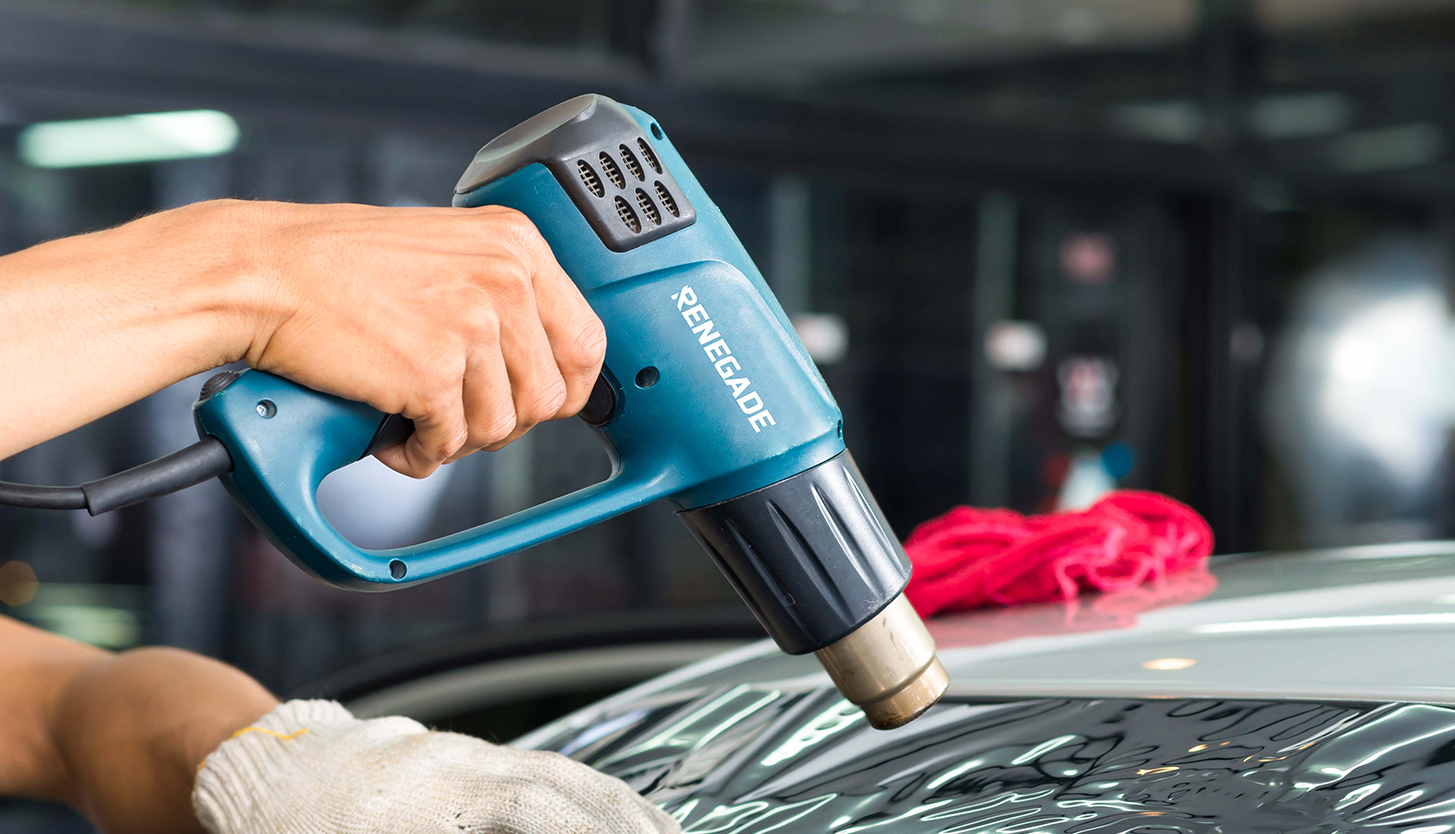 Taylor: Leading the Way In In-Mold Labeling
Taylor: Leading the Way In In-Mold Labeling
Taylor is a recognized leader in the design and manufacturing of durable industrial labels of all types – including in-mold labels:
- Our in-house materials science experts have been working with customers for decades to engineer label designs that will perform as required, every time.
- We collaborate with all of the major regulatory bodies to ensure that we can counsel our customers on the latest UL, cUL, CSA, OSHA, ANSI and ISO specifications.
- Taylor’s Methodical Assessment of Printed Parts and Processes – or MAP3 – is unique in the industry in the way it identifies cost, process and performance enhancements to enhance enterprise label management programs.
- We are strategically located with mirrored label production and distribution facilities in both the U.S. and Mexico to better serve manufacturing customers with operations in both countries.
Want to learn more? Contact a Taylor durable label expert for more details about our expertise with durable industrial labeling solutions, including in-mold labeling.
